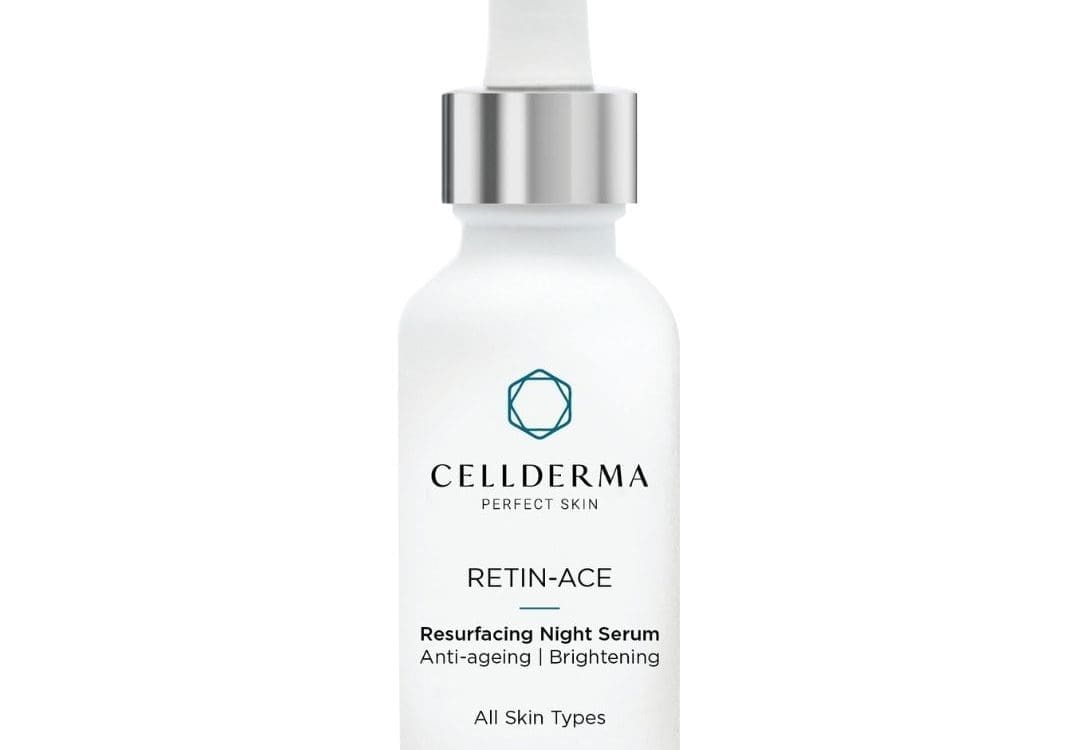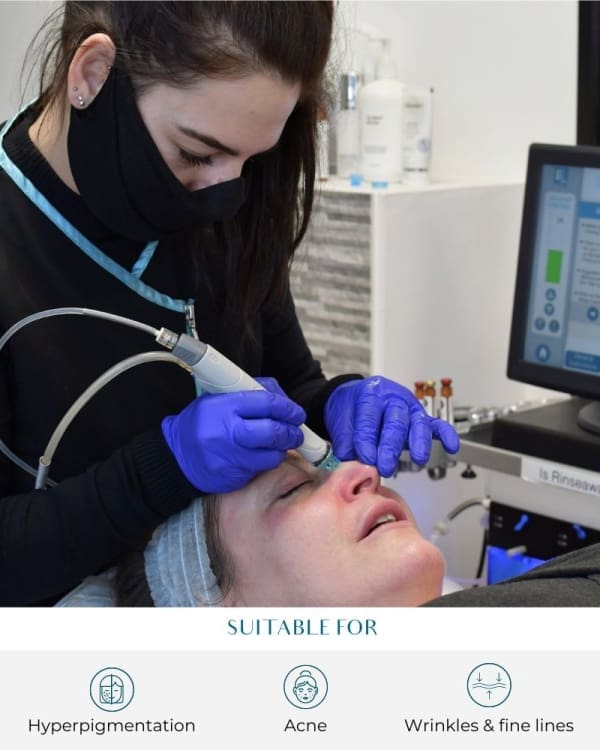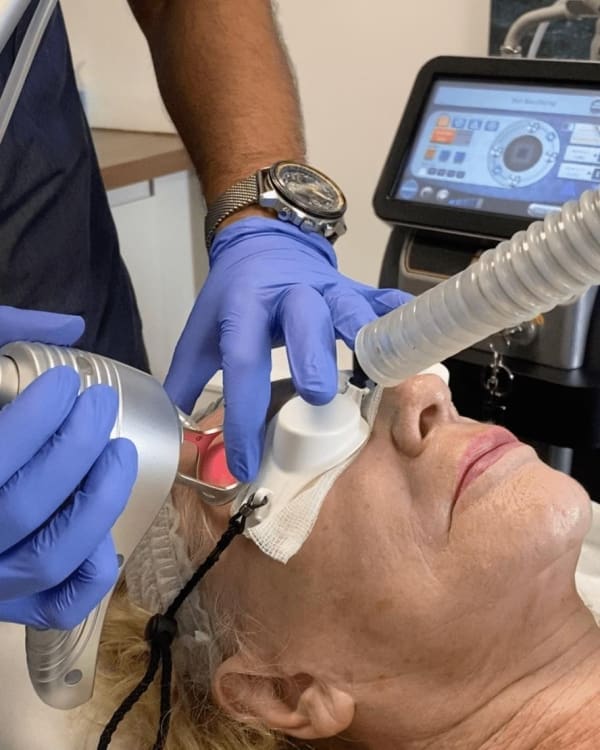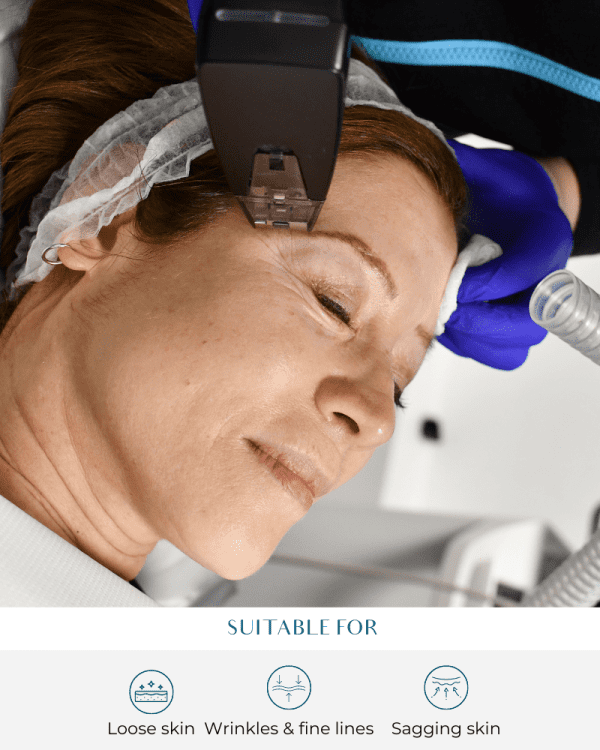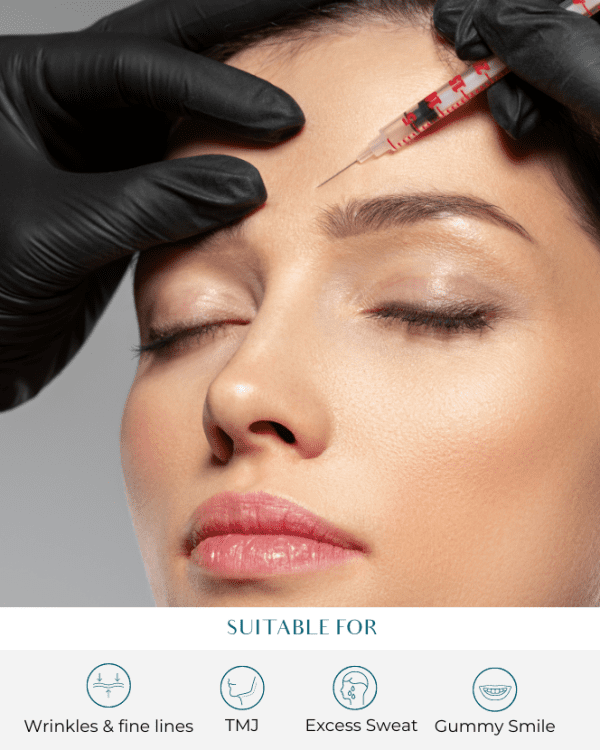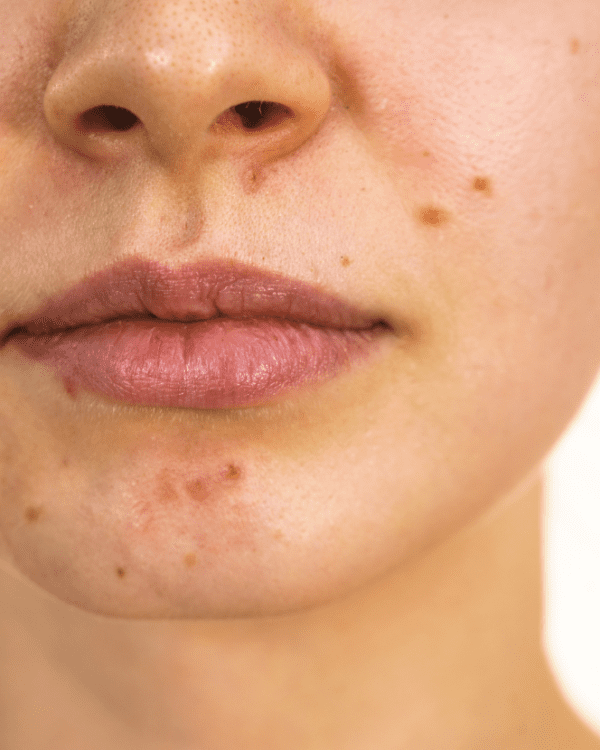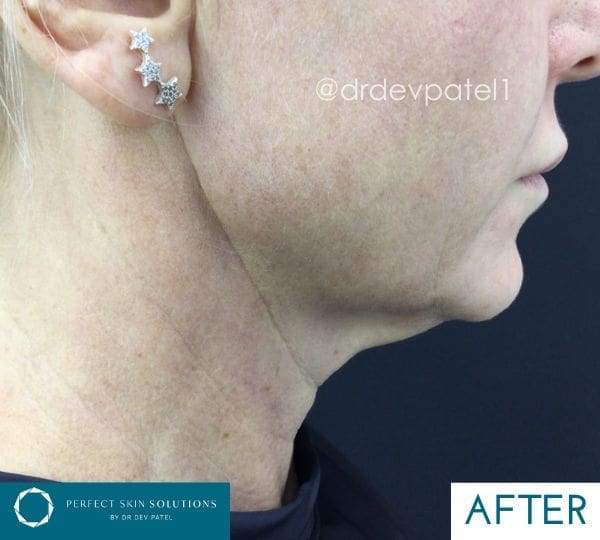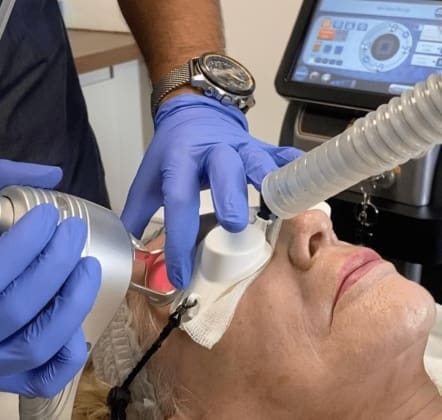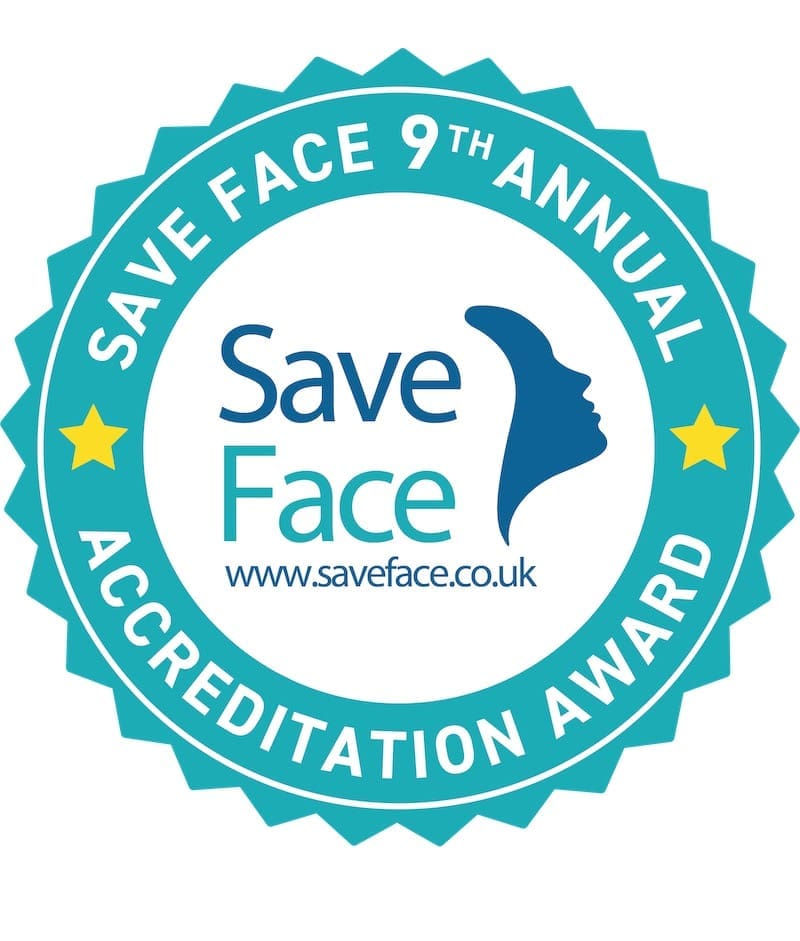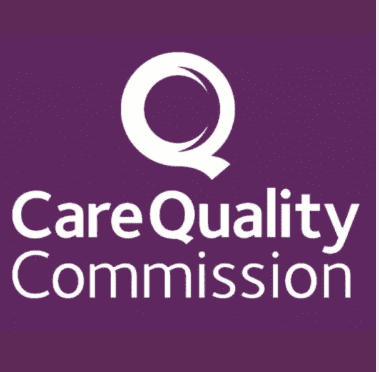How Long Does It Take Retinol to Work?
Retinol is the gold standard for skincare for persistent skin concerns like fine lines, wrinkles, acne scarring and uneven skin texture. But it’s not an overnight solution. Understanding how retinol works and its timeline for results can help you use it effectively in your skincare routine.

What Is Retinol and How Does It Work?
Retinol is a derivative of vitamin A that speeds up skin cell turnover, replacing old cells with new ones faster. This refines skin texture, minimises fine lines, reduces dark spots and boosts collagen and elastin production. Retinol is also a gentle exfoliant that gets rid of dead skin cells while unclogging pores and reducing inflammation.
Prescription retinoids like Retin-A or tretinoin are stronger than over-the-counter retinol products, with faster and more dramatic results but more irritation. For sensitive skin, starting with milder formulations like retinyl palmitate or using retinol serums after moisturiser can minimise irritation.
How Long Does Retinol Take to Work?
Weeks 1-2: Skin Adjusts
When you start retinol, your skin reacts as it adjusts to the active ingredient. Common side effects are redness, peeling skin, dryness and a temporary breakout (known as purging). These are normal and will subside as your skin barrier strengthens. Using a pea-sized amount on clean skin and applying it only at night can reduce irritation. Pairing retinol with a moisturiser and sunscreen (at least SPF 15) during the day is essential to protect the sensitised skin.
Weeks 2-6: Subtle Changes
By this time, you may see smoother skin texture and reduced surface wrinkles. Acne breakouts will decrease as pores unclog and inflammation subsides. Fine lines will start to soften, and dark marks from acne scars or hyperpigmentation will start to fade.
Months 2-4: Big Changes
Visible results include reduced fine lines, wrinkles, improved skin tone and fading dark spots. Collagen production increases during this period and skin becomes firmer and plumper. Persistent concerns like acne scarring or deeper wrinkles require longer use but show improvement over time.
Month 6+: Long Term Benefits
After 6 months of use, you can expect big changes in overall skin condition. Fine lines and wrinkles are minimised further, acne scars fade more and complexion looks radiant and youthful. Prescription strength retinoids may achieve these results faster but need to be monitored due to their strength.
Tips for Using Retinol
Start Slow
Use retinol once or twice a week initially to avoid irritated skin. Gradually increase frequency as your skin adjusts.
Use Sparingly
A pea-sized amount is enough for your entire face—apply a thin layer evenly.
Pair With Moisturiser
For sensitive skin or dryness concerns, use retinol after moisturiser to minimise irritation.
Protect With SPF
Retinol increases sun sensitivity; always use sunscreen during the day to protect your skin barrier.
Be Consistent
Results are based on regular use over time. Stick to your routine even if initial side effects occur.
Consider Skin Type
If you have sensitive or reactive skin, use milder formulations like retinyl palmitate or consult a dermatologist for advice on stronger retinoids.
Why Retin-Ace by Cellderma?
Retin-Ace by Cellderma combines high quality retinoic acid derivatives with nourishing ingredients to target aging signs while supporting the skin barrier. This product is for refining texture, reducing fine lines and wrinkles, fading dark spots and boosting collagen production—all while being gentle enough for daily use.
Conclusion
Retinol is an essential part of any skincare routine for aging signs, acne scarring, uneven tone and persistent concerns. It may take time—typically 4-6 weeks to see results—but delivers long term benefits with consistent use. Whether you use prescription strength retinoids or over-the-counter products like Retin-Ace by Cellderma, incorporating retinol into your routine can transform your skin into a smoother, brighter version of itself.















